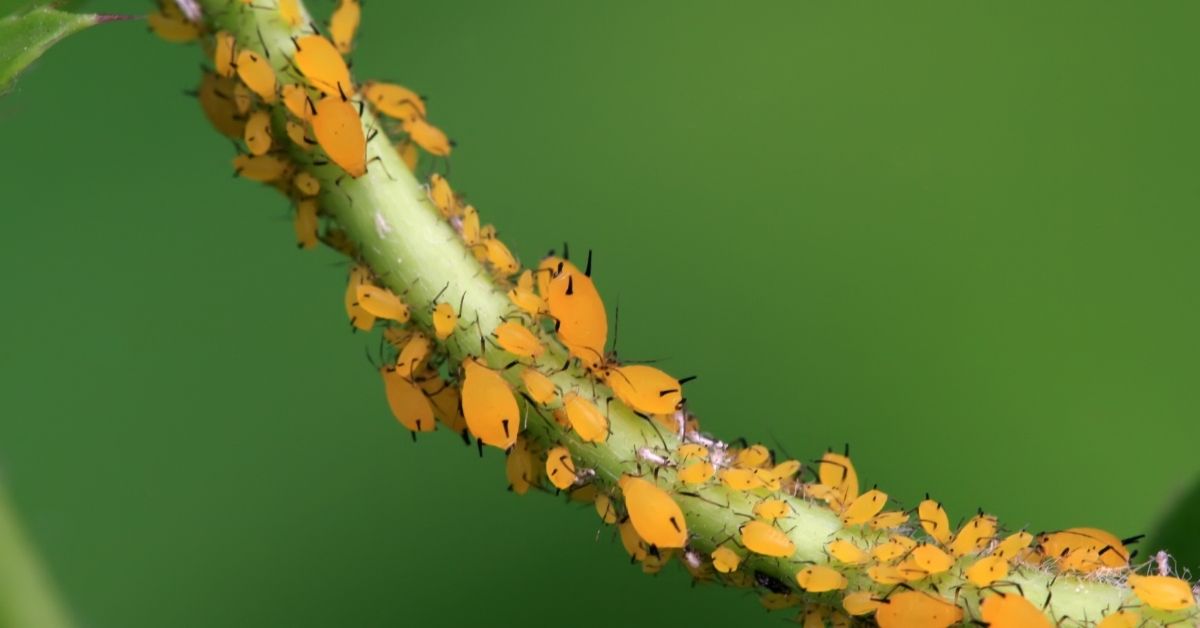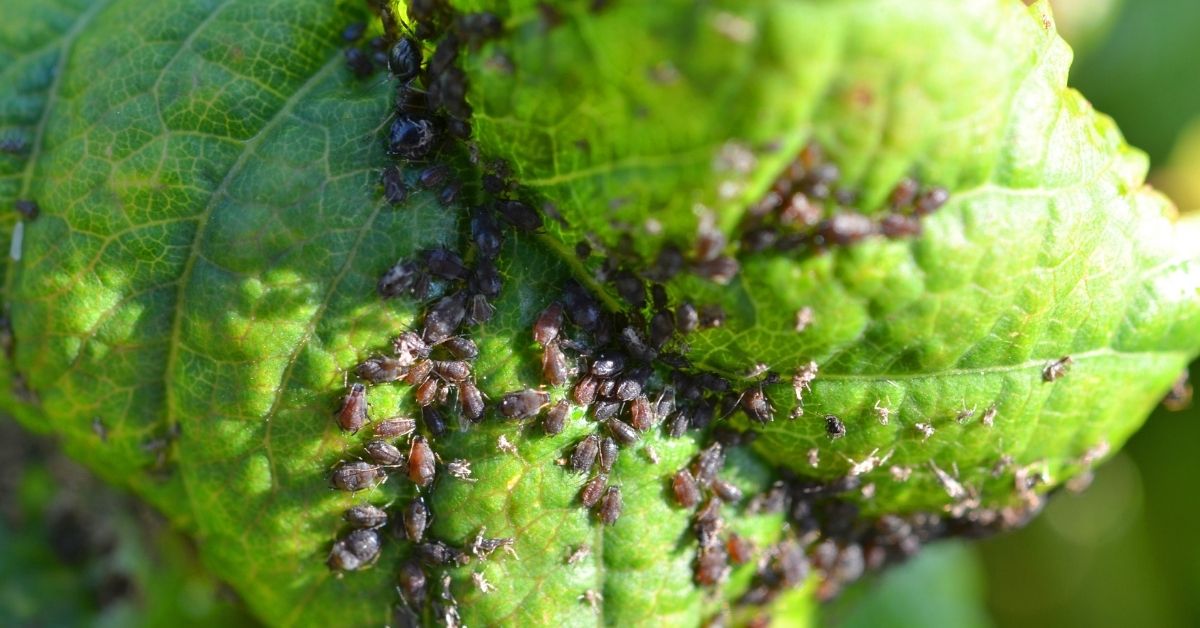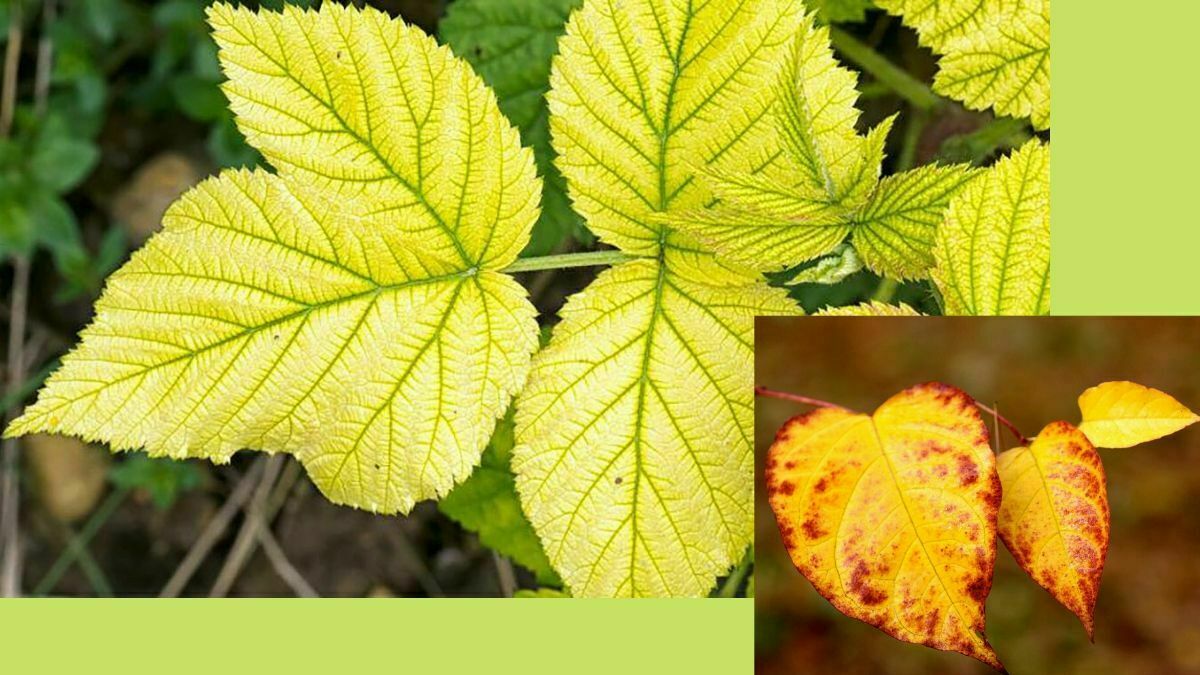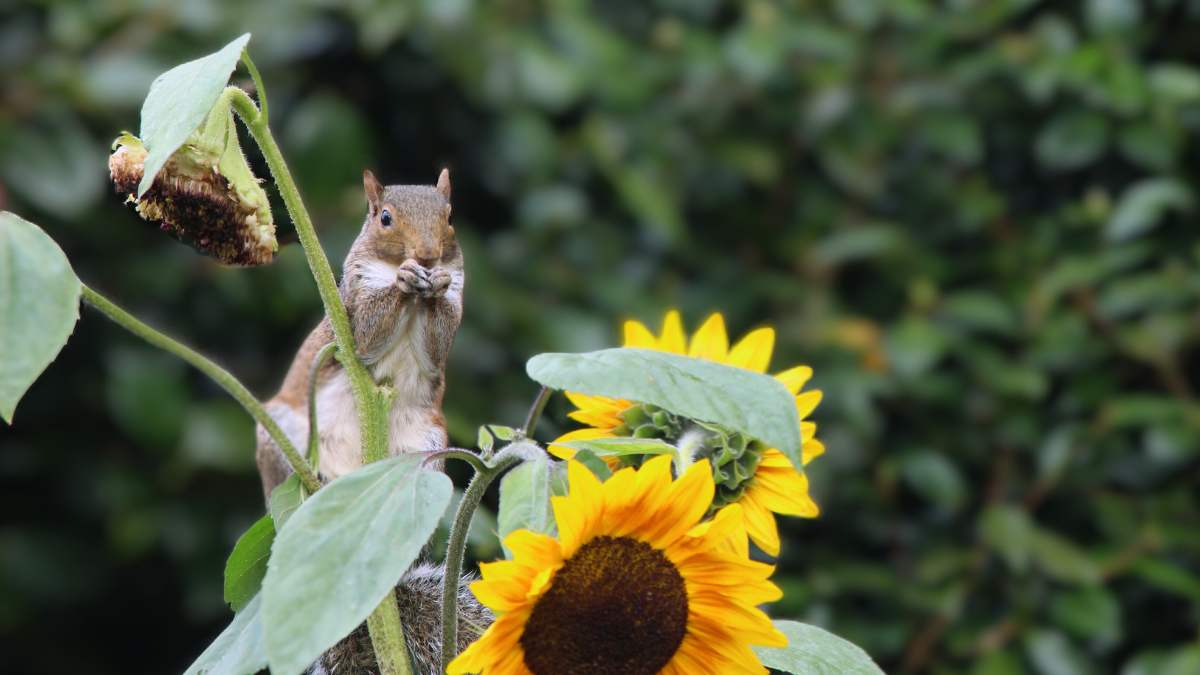In this post you’ll figure out the most common 12 plant disease symptoms and the possible causes of them, as well as the proper ways of treatment. Keep reading to check out the table below.
The nutrients that plants require for healthy, strong development are rich in California’s soil. Unfortunately, no matter what soil they grow in, unhealthy-looking plants show symptoms that are comparable to common diseases.
Many California soils are acidic or alkaline, rather than neutral. This might prevent your plants from getting the minerals they require. Compost and organic components assist to neutralize your soil and release the minerals you require.
It is helpful to know the pH of your soil (7 is neutral) as this may account for some deficiencies. The cost of a home pH test key with tests for the important minerals ranges from $10 to $15, and it’s well worth it. On another page, we’ll look at mineral deficits…
Here are some common signs of stress in your garden and their causes.

12 Plant disease symptoms and their possible causes
| The problem looks like: | Possible cause | Controls or treatments |
| 1. Low fruit yield, small fruit with poor taste | Uneven Moisture | Water properly during dry periods |
| Poor soil fertility | Add compost, manures | |
| Improper temperature | Plant at the correct time of year | |
| 2. Plants grow slowly and have light green leaves | Not enough light | Thin the plants, don’t plant in the shade |
| Weather too cool | Protect with floating row covers, cloaches | |
| Improper pH | If the pH is too high, add sulfur, aluminum sulfate, and peat moss. | |
| Excess water | Don’t overwater; improve drainage with amendments or plant in raised beds | |
| 3. Seedlings do not emerge | Not enough soil moisture | Supply enough water; multiple applications may be needed in hot or windy conditions |
| Soil crusting | Apply a light layer of fine mulch; keep moist as above. | |
| Damping-off | don’t overwater; avoid spraying water on plants; plant treated seed | |
| Improper planting depth | follow packet instruction; use gentle watering techniques | |
| Slow germination due to weather | Cover beds in spring and fall to warm the soil (see note) | |
| Root maggots | Use floating row covers to exclude insects; registered soil insecticide as a last resort. | |
| Old seed | Use seed marked for current year and season | |
| 4. Seedling wilt and fall over | Soil too dry | Water properly |
| Damping-off (a fungus) | Don’t over-water or water from above; use sterile soil-less mix; use fungicide | |
| Cutworms | Destroy crop residues; keep weed-free, hand-pick a night with a flashlight | |
| Root maggots | Use floating row covers for exclusion; soil insecticide | |
| Old seed | Use seed for the current season | |
| 5. Chewed seedlings, plants, fruit | Birds, rodents, rabbits | Fence garden or beds, floating row covers, wire mesh, netting (or accept it and plant an additional row to share) |
| 6. Leaves covered with tiny white spots | Spider mites | Use insecticidal soaps; registered miticides are available |
| Air pollution | Rinse off leaves | |
| 7. Wilted plants | Root rot (fungal disease) | Don’t overwater; remove affected plant materials; rotate your crops |
| Vascular wilt – found primarily in tomato, potato, eggplant, and peppers | Plant resistant varieties; solarize the soil; rotate to other crops. | |
| Root-knot nematodes | Plant resistant varieties; solarize the soil; rotate to other crops | |
| Other root-feeding nematodes | Solarize soil; have the soil analyzed for nematodes if the problem persists. | |
| Water-logged soil | Improve drainage; use raised beds; correct watering practices. | |
| 8. Yellow leaves, but not wilted | Lack of one or more nutrients | Test soil; treat for deficiencies. This may include adjusting the pH |
| Not enough light | Thin crowded plants | |
| Move to a sunnier location | ||
| 9. Brown, shriveled leaf edges | Soil is too dry | Correct watering practices |
| Saltwater damage | Spa water can contain enough salts to burn foliage. Leak any areas where spas drain, | |
| Chemical fertilizer burn | Bagged fertilizers are concentrated salts, as stated previously. To avoid concentrations, wash them deeply into the soil once more. | |
| Potassium deficiency | Test soil first. Add compost, manure, or other potassium bearing fertilizer | |
| Cold burn | Floating row covers trap the soil’s heat and can protect from frost | |
| 10. White powdery growth on top of leaves | Powdery Mildew, a fungus | Some varieties are listed as resistant. Treat infected plants with Safer’s sulfur and a surfactant. |
| 11. Leaves have spotted, or mosaic-like discolored patterns, puckered leaves, runty plants | Various virus diseases | Dispose of contaminated plant materials rather than composting them. Control weeds and insects by removing and composting nin-infect plant debris. |
| 12. Curled, pucked, distorted leaves | Herbicide injury | Herbicides can be carried away by even the tiniest breeze. So keep an eye out for neighbors spraying pesticides near you. |
| Virus diseases | Dispose of contaminated plant materials rather than composting them. Control weeds and insects, and remove and compost non-infected plant waste. | |
| Aphids | Sprays made of soap and dormant oil – but only in badly infected regions. To behave as a host crop for predatory insects, leave certain parts untreated. Ants in charge (they farm the aphids for their honeydew) |
Here are additional source for types of plant diseases PDF to download.


